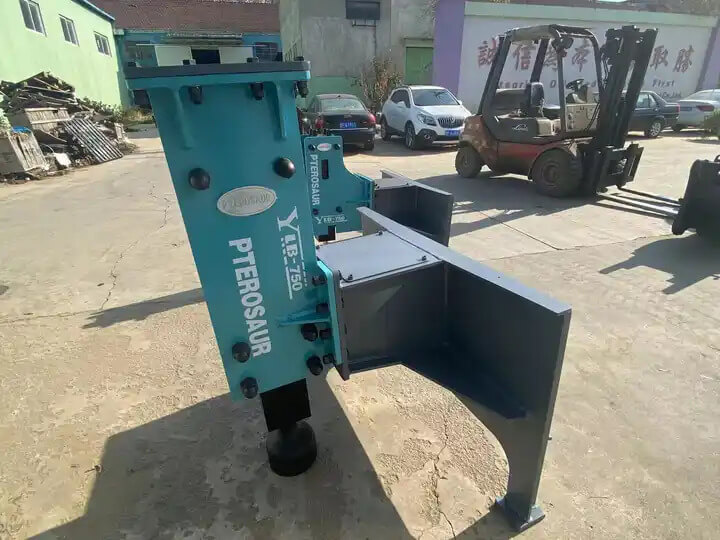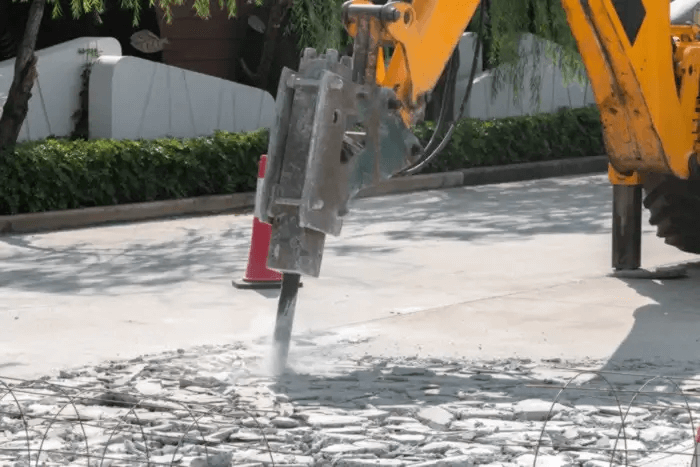Understanding Hydraulic Breakers: How They Work and Their Applications in Excavation
Hydraulic breakers are powerful attachments that significantly enhance the capabilities of excavators. They are primarily used for breaking concrete, asphalt, and other tough materials, making them indispensable in construction and demolition projects. This article explores what hydraulic breakers are, how they function, and best practices for their operation.
What is a Hydraulic Breaker?
A hydraulic breaker, also known as a hydraulic hammer, is an attachment fitted to an excavator. It operates using hydraulic pressure to deliver powerful impacts to the material being broken. The hydraulic breaker can be used on various excavator sizes, including micro excavators, to accommodate different project needs.
Types of Hydraulic Breakers
Hydraulic breakers generally fall into two categories:
1. Handheld Breakers: These are portable and used for smaller tasks.
2. Excavator-Mounted Breakers: Larger, more powerful models designed for heavy-duty work.
Each type has distinct advantages depending on the scale of the project and the material involved.
How Does a Hydraulic Breaker Work?
The operation of a hydraulic breaker is based on the principles of hydraulics. When the excavator’s hydraulic system is activated, it sends fluid to the breaker, which then generates a powerful hammering action. This action effectively transfers energy to the chisel or hammer, allowing it to break through hard surfaces.
Key Components:
- Chisel: The point of contact that breaks the material.
- Cylinder: Houses the piston and hydraulic fluid.
- Piston: Moves within the cylinder to create impact force.
Applications of Hydraulic Breakers
Hydraulic breakers are widely used in various applications, including:
– Demolition: Breaking down structures quickly and efficiently.
– Road Construction: Removing asphalt and concrete surfaces.
– Quarrying: Selecting specific rock layers for extraction.
Their versatility allows project managers to complete tasks that would otherwise be labor-intensive and time-consuming.
Best Practices for Using Hydraulic Breakers
To maximize the effectiveness and longevity of hydraulic breakers, operators should adhere to the following best practices:
-
Regular Maintenance: Routine inspections and maintenance are crucial to ensure optimal performance. Key inspection items include lubrication checks and hydraulic fluid levels.
-
Proper Training: Operators should be well-trained in the use of hydraulic breakers to avoid accidents and ensure efficient operation.
-
Choosing the Right Size: Selecting a hydraulic breaker that matches the size and weight of the excavator is vital. For instance, micro excavators may require smaller breakers to maintain balance and control.
-
Understanding Material Properties: Before commencing work, operators should be aware of the material’s hardness and composition to adjust the breaker’s settings accordingly.
Conclusion
Hydraulic breakers are essential tools for modern excavation and demolition work. By understanding their function, selecting the appropriate type, and following best practices, operators can significantly enhance productivity while minimizing operational costs. As construction techniques continue to evolve, hydraulic breakers stand out as a pivotal innovation in the industry, offering efficiency and effectiveness in tackling even the toughest materials.




































